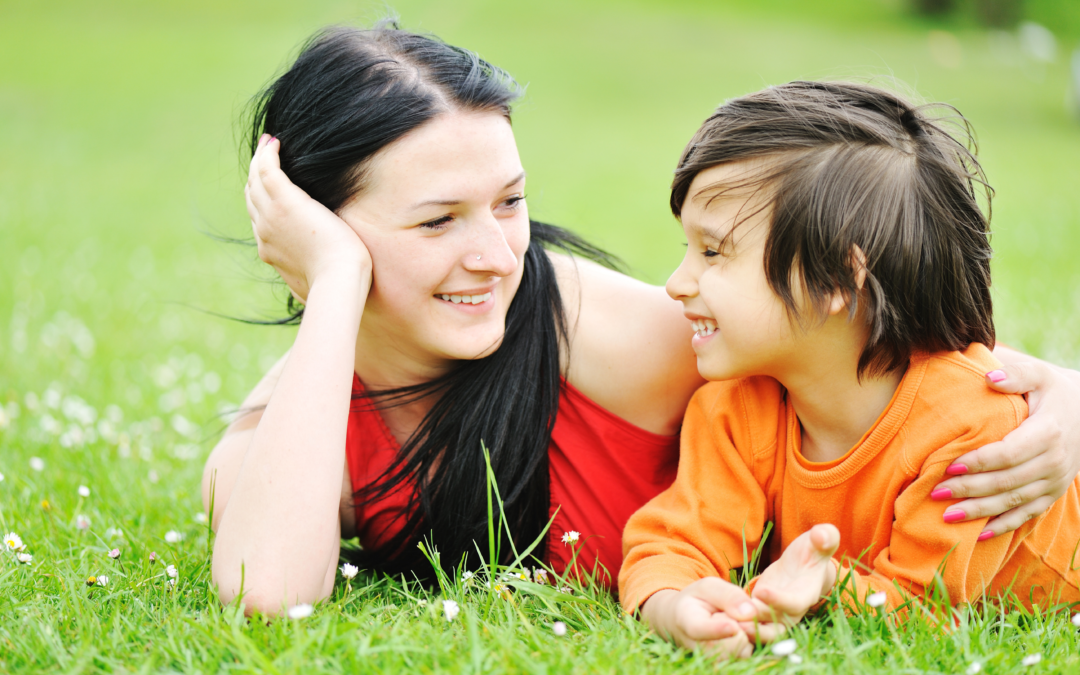New findings suggest that anxiety and depression among children and adolescence during the pandemic has doubled.
This might show up in your children as apathy, resistance, appetite changes, changes in sleeping patterns or truly any behavioural change that you’ve noticed in your child(ren).
We can help our children deal with these big emotions by using evidence based practices to bring calm and presence into the body and mind.
Mindfulness helps us to become more aware of our thoughts and feelings and learn how we can make a choice to make a change when our thoughts and feelings don’t feel very good.
Here are three quick and easy mindfulness tools for the whole family to learn together.
The Breath:
The greatest gift we can give to our children is breath awareness. This simple act helps to refocus our attention, so we’re not so focused on our worries. Conscious breathing also changes the body’s physiology. Just like a ship drops its anchor to keep it steady amongst the rough waters, your breath steadies you when you’re drowning in your emotions.
Exercise: Figure 8 Breathing using your non-dominant hand, use your pointer finger to trace the figure 8 onto your opposite hand. As you trace the figure 8, breathe in and breathe out. This calm and steady breathing, plus gentle touch will help to refocus the attention and soothe our nervous system. This exercise can also be done by the parent on the child, drawing on their arm, back, belly, to help them fall asleep or find calm following a tantrum or meltdown.
Gratitude:
Gratitude is a powerful mindfulness practice because it allows us to bring awareness to all of the good in our lives. The mind has a tendency to focus on the negative in our life, this is called negativity bias. So paying attention to the good reminds us of all of the beauty that we have right in front of us. For our children, practicing gratitude can be as simple as recognising their favourite things: family, a pet, their cuddly toy, video games, friends.
Exercise: Get an old jar and decorate it however you like, turning it into your own unique Gratitude Jar. Find a moment each day as a family to jot down one thing that made you happy and then pop it into the jar! Remember to revisit this jar to remind yourself of all of the beauty and joy that is in your life.
Positive affirmations:
These are true statements that we repeat to ourselves to help create a healthy behaviour or mindset. When we are activated in our ‘fight or flight’ response, feeling anxious, scared, worried or any of our big emotions, we can choose a positive affirmation to help refocus our attention. When we concentrate on repeating these affirmations, we slowly start to bring the rational mind back online which can offer more clarity to any situation. With positive affirmations, we are also planting seeds of love and compassion into our subconscious. These seeds will be there for our children to nurture, as they grow..
Exercise:
Draw a rainbow and assign an affirmation to each colour of the rainbow
(tip always say affirmations in the present “I” tense)
Red: I am healthy, strong & safe
Orange: I am happy & playful
Yellow: I am connected & confident
Green; I am kind & caring
Blue: I am honest & truthful
Indigo: I am clever & creative
Purple: I am a friend to all of creation
When we teach our children mindfulness techniques, we give them a superpower to help them navigate life’s challenges. We’re never trying to dismiss our hard emotions, it’s important to feel those completely.
And the best way to teach our children is to show them!
Get in touch!
Come experience more mindfulness tools, embodied movement, nourishing food, nature and the power of your breath at our nourishing day retreat for women and mothers, 2nd October, Beckenham Place Mansion. Full details here: www.mamalabretreats.com and give us a follow on Instagram @mama_lab_retreats
Guest post

